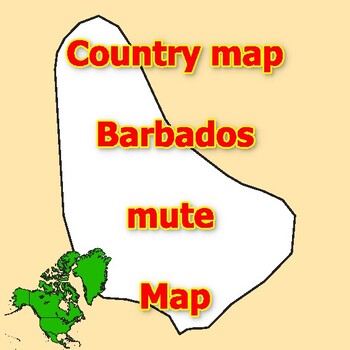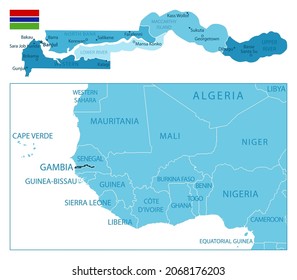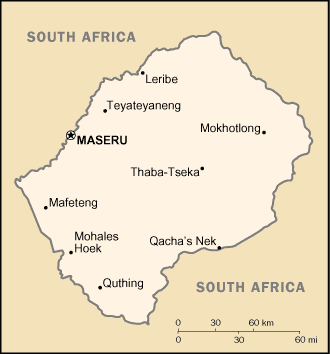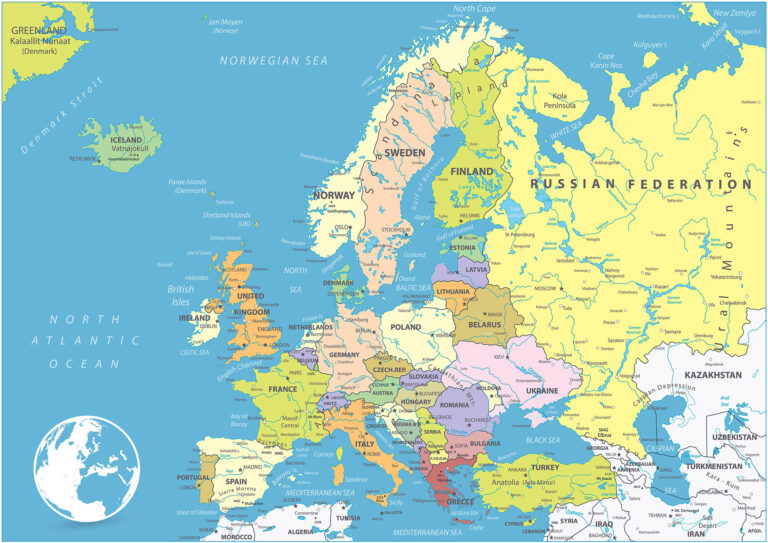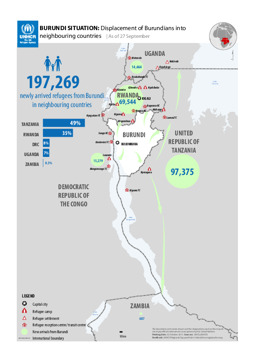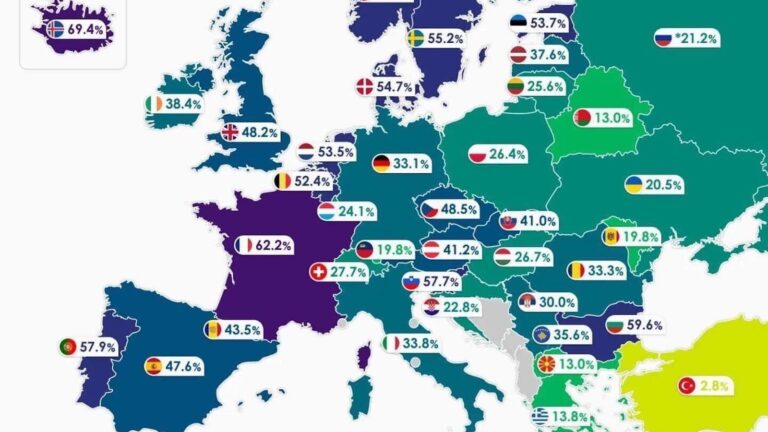Lebanon Neighbouring Countries and Middle Eastern Map
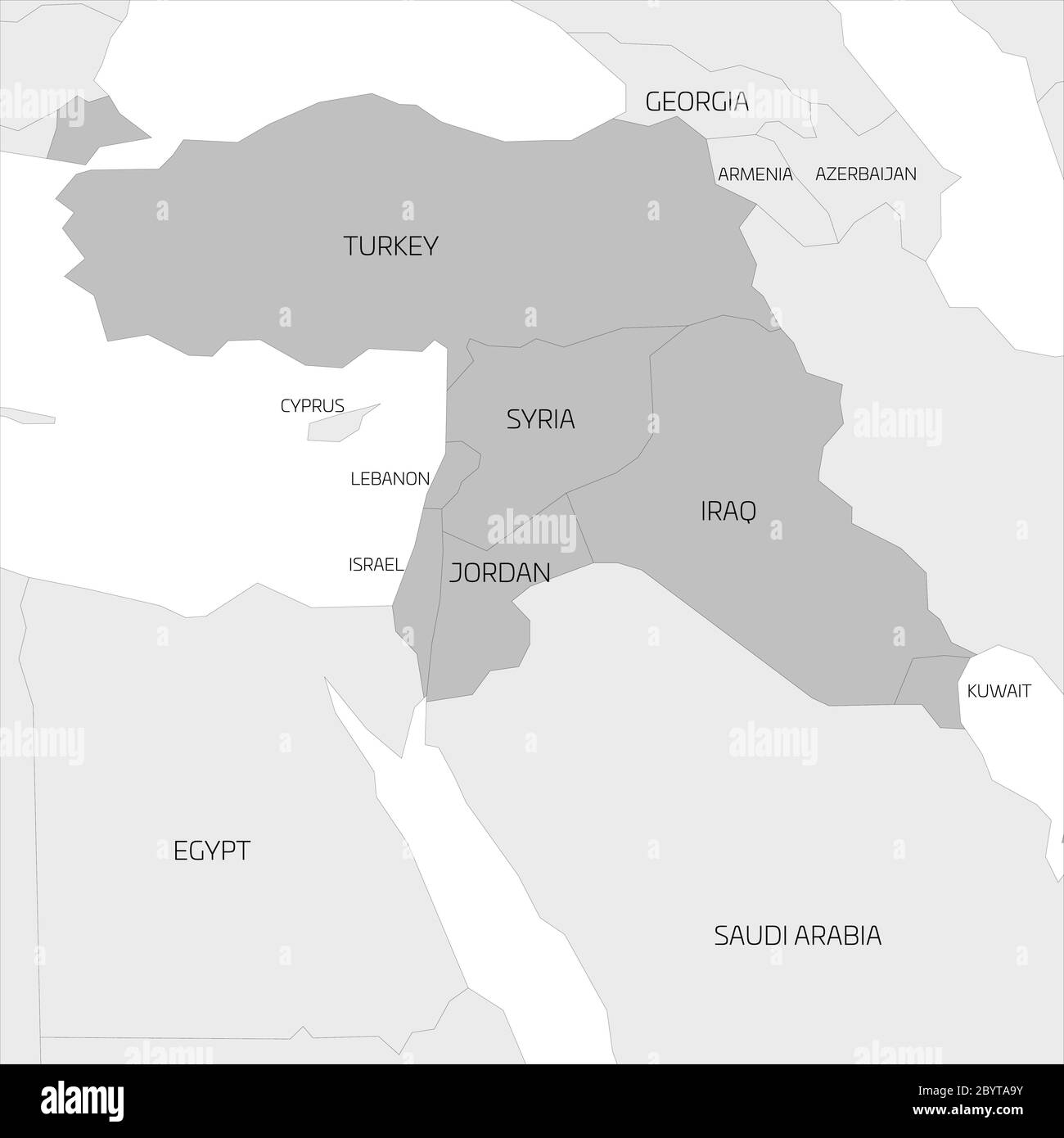
Bordering Countries of Lebanon
Lebanon, nestled snugly in the Middle East, shares its boundaries with a couple of interesting neighbors. Let’s have a closer look at who Lebanon rubs elbows with.
Northern Neighbor
Lebanon cozies up to Syria on its north side. With a border stretching around 233 miles (375 kilometers), Syria is Lebanon’s longest neighborly fence. This border runs along much of Lebanon’s northern and eastern edges, shaping a significant part of its terrain.
| Direction | Neighbor | Border Length (miles) | Border Length (kilometers) |
|---|---|---|---|
| North & East | Syria | 233 | 375 |
Southern Neighbor
Down south, Lebanon bumps into Israel. This border is considerably shorter at about 49.1 miles (79 kilometers) (Wikipedia). There’s some drama involved here, especially around a contentious spot called the Shebaa Farms, both Lebanon and Israel lay claim to it.
| Direction | Neighbor | Border Length (miles) | Border Length (kilometers) |
|---|---|---|---|
| South | Israel | 49.1 | 79 |
For more juicy details on Israel’s surrounding friends, check out our bit on israel neighboring countries.
Western Boundary
On the west side, Lebanon stretches along the grand Mediterranean Sea. This coastline measures up at approximately 140 miles (225 kilometers) (Britannica). Hugging the Mediterranean shapes Lebanon’s vibe, affecting everything from seafood recipes to weather patterns. For more splashy info on Lebanon’s sea dealings, dip into our piece on maritime boundaries.
| Direction | Neighbor | Border Length (miles) | Border Length (kilometers) |
|---|---|---|---|
| West | Mediterranean Sea | 140 | 225 |
Lebanon’s geography isn’t just about lines—it’s got personality, influenced by its neighbors on all sides. Dive into the quirks of Lebanon’s landscape in Lebanon’s geographic features.
Lebanon’s Geographic Features
In the Middle East’s vibrant mix, Lebanon stands out with its unique patchwork of coastal charm, towering mountains, and the lush Beqaa Valley.
Coastal Geography
Tucked along the edge of the Mediterranean, Lebanon’s coast stretches about 225 km (140 miles)—a stone’s throw in geographic terms, but packed with significance. It’s like having a VIP backstage pass to the Mediterranean’s bustling world. The coastline’s snug fit beside the urban hum of places like Beirut and Tripoli gives Lebanon both old-school and new-world vibes, with its ports buzzing and beaches bringing in sunseekers and traders alike.
| Feature | Length |
|---|---|
| Coastline | 225 km |
Mountain Ranges
Enter the Lebanese Mountains, those majestic guardians of the land. They’re not just pretty—these mountains are serious business. Running parallel to the coast, they create a dramatic backdrop and serve as a natural divider, standing tall with Qurnat as-Sawda’ peering out at 3,088 meters (10,131 feet). They partner with the Anti-Lebanon Mountains stretching into Syria, taking up real estate in Lebanon’s topography and largely influencing its climate and agriculture. The mountains’ high-five with the clouds brings much-needed water to the land below, nourishing the rivers and folks alike.
| Mountain Range | Highest Elevation |
|---|---|
| Lebanon Mountains | 3,088 m |
| Anti-Lebanon Range | 2,814 m |
The Beqaa Valley
Wedged like the filling of a delicious geographic sandwich between mountain slabs, the Beqaa Valley offers Lebanon its agricultural feast—177 km (110 miles) of greenery, sprawled between 9.6 to 16 km wide. It’s a land of grapes, olives, grains, and the lifeblood of Lebanese agriculture. Sitting at an elevation of 762 meters (around 2,500 feet), it pulses with life, ensuring the nation’s food security is as lush as its fields.
| Feature | Measurement |
|---|---|
| Length | 177 km |
| Width | 9.6 – 16 km |
| Average Elevation | 762 m |
For a deeper dive into the wonders of geography, explore articles about the neighboring countries of Ecuador and neighboring countries of Eswatini. Learn how they stack up in this grand geographical adventure.
Lebanon’s Maritime Boundaries
Lebanon’s maritime borders are kinda like the secret sauce in its geographic and political mix. Not only do they connect it to the Mediterranean, but they’re also a key player in regional relations.
Cyprus Connection
So, over to the west in the Mediterranean, you’ve got Cyprus hanging out not too far from Lebanon (like 112 miles apart—thank you, CIA World Factbook!). This isn’t just about sharing sunbathing tips and hummus recipes; it’s a big deal for trading and tourism. Plus, it’s like having a close buddy in the neighborhood, which helps with all sorts of joint projects on the water.
| Feature | Details |
|---|---|
| Maritime Neighbors | Cyprus |
| Distance | Around 180 km (112 mi) |
| Importance | Trade, tourism, buddy ties |
Lebanon and Cyprus have teamed up on several sea projects, showing off why their watery border matters.
Access to the Mediterranean
Lebanon’s coastline? It’s stretching out about 225 kilometers along the Mediterranean’s eastern edge. Imagine all the opportunities this lays at Lebanon’s feet—shipping goods, fishing, and just cruising around.
| Feature | Details |
|---|---|
| Length of Coastline | 225 km (140 mi) |
| Coastal Activities | Trade, fishing, tourism |
| Major Ports | Beirut, Tripoli, Sidon |
Lebanon’s spot on the Mediterranean means it’s got some sweet trading paths with Europe, North Africa, and the Middle East. Key cities like Beirut, Tripoli, and Sidon? They’re the bustling ports making it happen.
Being on the Mediterranean also means Lebanon is in the same team as Syria and a few other regional pals like Yemen. The shared waters and mutual security interests mean they’ve got each other’s backs when it comes to economic and security stuff.
If you’re curious to learn how Lebanon fits in with its surroundings, check out other countries here.
Summary Table
| Feature | Cyprus Connection | Mediterranean Access |
|---|---|---|
| Neighbor | Cyprus | Mediterranean Sea |
| Distance | 180 km (112 mi) | 225 km (140 mi) coastline |
| Major Benefits | Trade, tourism, neighborhood ties | Trade routes, seafood, and weekend getaways |
| Major Ports | n/a | Beirut, Tripoli, Sidon |
Lebanon’s ocean boundaries are more than just lines on a map. They play a big role in how Lebanon makes friends, does business, and taps into Mother Nature’s resources. Its teammate status with Cyprus and that sweet Mediterranean coastline make Lebanon a key player in regional adventures.
Natural Hazards and Resources
Lebanon, a country known for its varied landscapes, has its fair share of natural hiccups and lifelines, mainly in the form of natural hazards and resources. Let’s take a closer look at Lebanon’s shaky ground, water supply, and busy ports scene.
Seismic Vulnerability
Sitting on a lively tectonic plate, Lebanon is in the shake zone for earthquakes. This looming thread hangs over its buildings and its folks. No surprise, planning for these shake-ups is super important when it comes to putting up new structures and being ready for the unexpected. The CIA World Factbook tells us that earthquake readiness should be a top priority.
| Parameter | Information |
|---|---|
| Seismic Hazard | High |
| Plate Boundary | Active |
Water Resources
Water in Lebanon is like gold; it’s everything from farm life to city life. The country has about 4.8 billion cubic meters of renewable water at its disposal—a vital stat for anyone keeping an eye on the taps and fields (CIA World Factbook).
| Resource | Volume (billion cubic meters) |
|---|---|
| Total Renewable Water Resources | 4.8 |
Rivers, springs, and other water bodies cross the lay of the land, so managing these resources is a make-or-break deal to keep things flowing steadily for everyone.
Merchant Ports
Lebanon’s spot on the Med’s edge hooks it up big time with the ocean, flaunting three big ports in Beirut, Tripoli, and Tyre (CIA World Factbook). These ports are like the lungs of Lebanon’s trade and cash flow, moving goods in and out.
| Merchant Port | Location |
|---|---|
| Port of Beirut | Beirut |
| Port of Tripoli | Tripoli |
| Port of Tyre | Tyre |
The ports aren’t just stopping points—they’re economic engines shipping out to global markets.
Grasping Lebanon’s natural hazards and resources gives you a peek into both what it’s up against and what it can depend on. If you’re curious about Lebanon’s surrounding vibes, check out more about the region with our articles on Iran neighboring countries and Israel neighboring countries.
Sure thing, Here’s your revamped content with a touch of humor and conversational style:
Lebanon’s Shaky Neighborhood
Lebanon’s got a front-row seat near some pretty important tectonic neighbors in the Middle East. Its spot on Earth isn’t just about geography; it’s like playing in a band with the who’s who of geopolitical rock stars. So, let’s peek behind the curtain of Lebanon’s geological gossip column.
Geopolitical Frenemies
Welcome to Lebanon—drawn into the mix right at the northwest corner of the Arabian Plate. It’s like being on a tectonic speed-dial with Syria, Yemen, Oman, and a bunch of other countries that share common vibes and ancient stories. We’re talking Syria, Yemen, Oman, Qatar, Bahrain, Kuwait, Iraq, Saudi Arabia, Jordan, Egyptian Sinai, Palestine, Israel, and the UAE. These shared roots crank up the complexity and spice up the region’s drama.
In this epic tale, Lebanon often finds itself dancing between collaboration and conflict with its neighbors. Take Syria, for example—their domestic saga has real-time consequences for Lebanon’s safety and wallet (Syrian Civil War alerts). It’s like having a neighbor who sets off fireworks at 3 AM; you can’t just ignore it.
Neighborly Nods
To really grasp Lebanon’s vibe, check out its neighboring lineup—each brings a unique tune to its geopolitical playlist:
| Country | Boundary Type | Distance (Approx.) |
|---|---|---|
| Syria | Northern and Eastern | 375 km |
| Israel | Southern | 81 km |
| Cyprus | Maritime | 150 km |
This handy table reads like a who’s who of geographical BFFs. Seriously, each neighbor’s not just hanging around for small talk; they’re key players in Lebanon’s trade, politics, and day-to-day spins.
Take Syria, the not-so-small northern and eastern friend with a shared border running 375 km deep. It’s a pathway for deals and a sneak peek for potential headaches (spilling the tea on Syria). Meanwhile, Israel’s cozy spot to the south keeps the history books busy with past and present tensions (checking out the Israel connection). Knowing these dynamics is like understanding why cats really hate water—vital for the bigger picture.
To wrap it up, Lebanon’s perch on the Arabian Plate and its neighborly squad are key in shaping its story—part geology, part geopolitics, part soap opera. For more dishy gossip on geography and regional mingling, check out our deep dives into Egypt’s neighborhood scoop and Greece’s vicinity vibes.
Subdivision of Lebanon’s Land
Physiographic Regions
Lebanon’s geography is a mix of intriguing zones that add character and wonders to its land. Let’s break it down:
- Coastal Plain: Picture sandy bays and rocky beaches kissing the Mediterranean. This area formed by sea stuff and river deposits. It’s where the land meets the water in a hug.
- Lebanon Mountain Range: Acts like a bouncer between the coast and the eastern insides. It towers at a whopping 3,088 meters at Qurnat as Sawda’ in the north (Wikipedia).
- Beqaa Valley: Nestled between Lebanon’s Muscle Mountains and the Anti-Lebanon Mountains. It’s about as long as a 177 km stroll and between 9.6 to 16 km wide. The place has an attitude with an elevation of 762 meters and grows Lebanon’s yummies.
- Anti-Lebanon Mountains: These stand guard on the eastern edge, hanging with Syria.
Effects of Civil War
Lebanon’s civil war from 1975 to 1990 left scars not just on its people but also on its bricks and stones:
- Human and Material Loss: A tough era with 150,000 lives lost and 200,000 injured. Many homes turned to rubble, and about a million folks had to find new places to lay their heads.
- Urban and Rural Devastation: The boom-boom left cities and countrysides crippled, with roads and buildings down for the count.
- Sectarian Divides: Politics got tangled in religion, which still twists in today’s debates around Lebanon’s power halls.
Impact of Syrian Civil War
The ruckus in Syria next door didn’t just stay there; it boogied across borders into Lebanon:
- Sectarian Violence: In 2012, Tripoli saw some nasty face-offs between Sunnis and Alawites (Wikipedia).
- Refugee Influx: Syrian refugees came in waves, bumping numbers from about 250,000 in early 2013 to a thick 1,000,000 by late 2014. This has tested Lebanon’s ability to keep things running smooth and politically chill.
| Year | Syrian Refugees in Lebanon |
|---|---|
| Early 2013 | ~250,000 |
| Late 2014 | ~1,000,000 |
| Present | Numbers shifting, raising eyebrows |
The mix of Lebanon’s diverse geography and the historical, ongoing conflict paints a unique yet challenging canvas for the country. Interested in the geopolitics wandering similar regions? Check out articles on Iraq’s neighboring countries and Israel’s neighbors.

